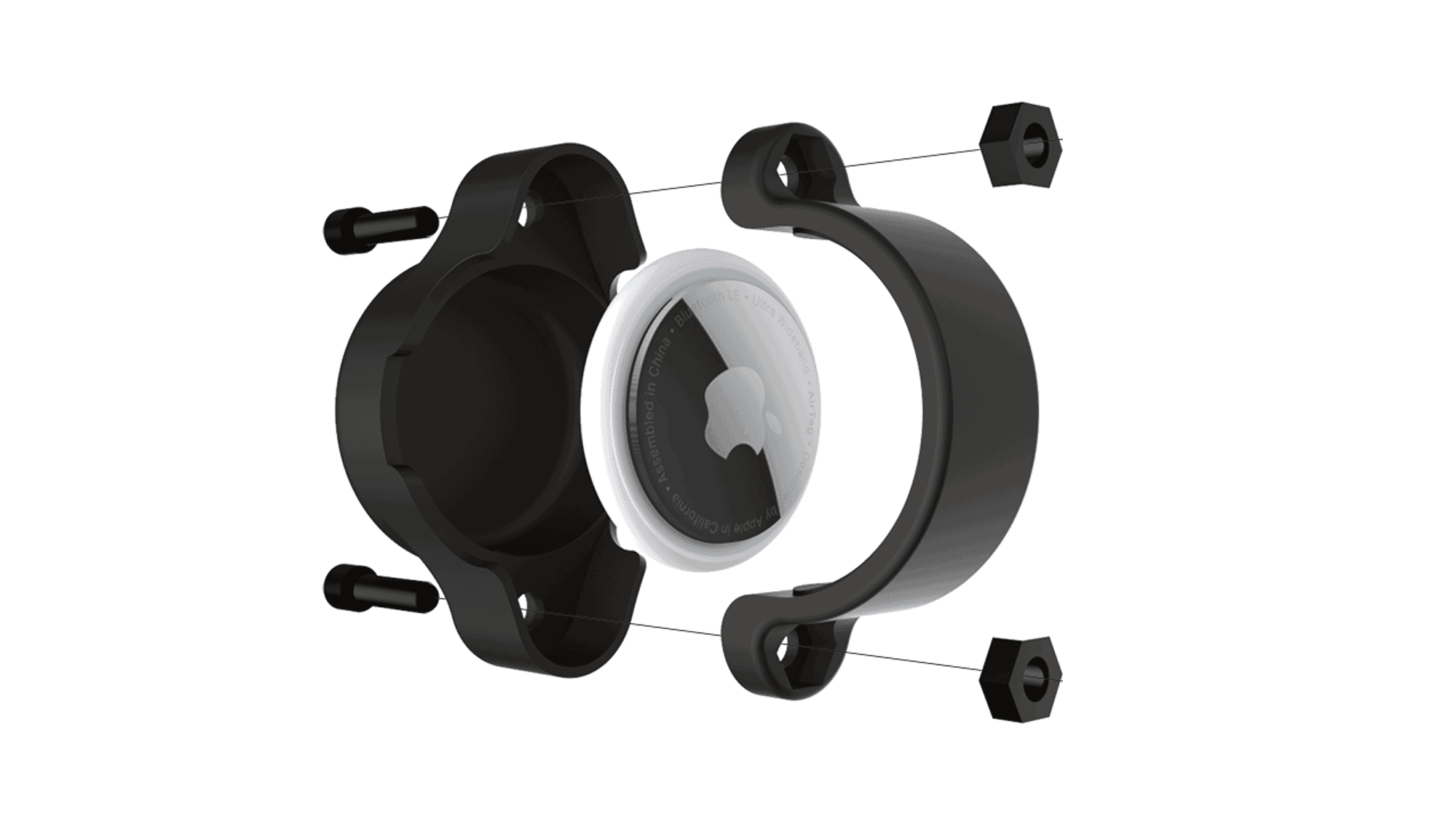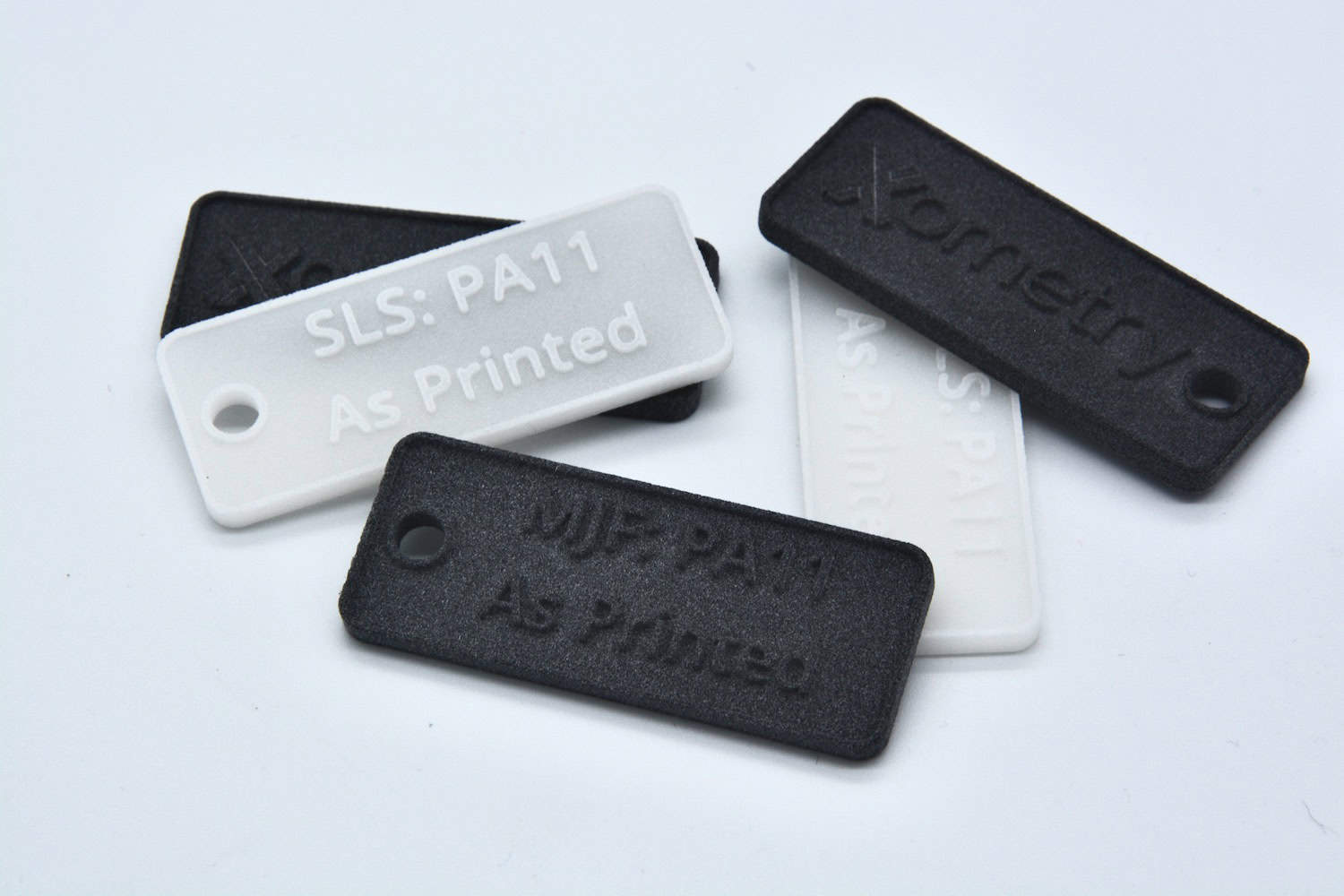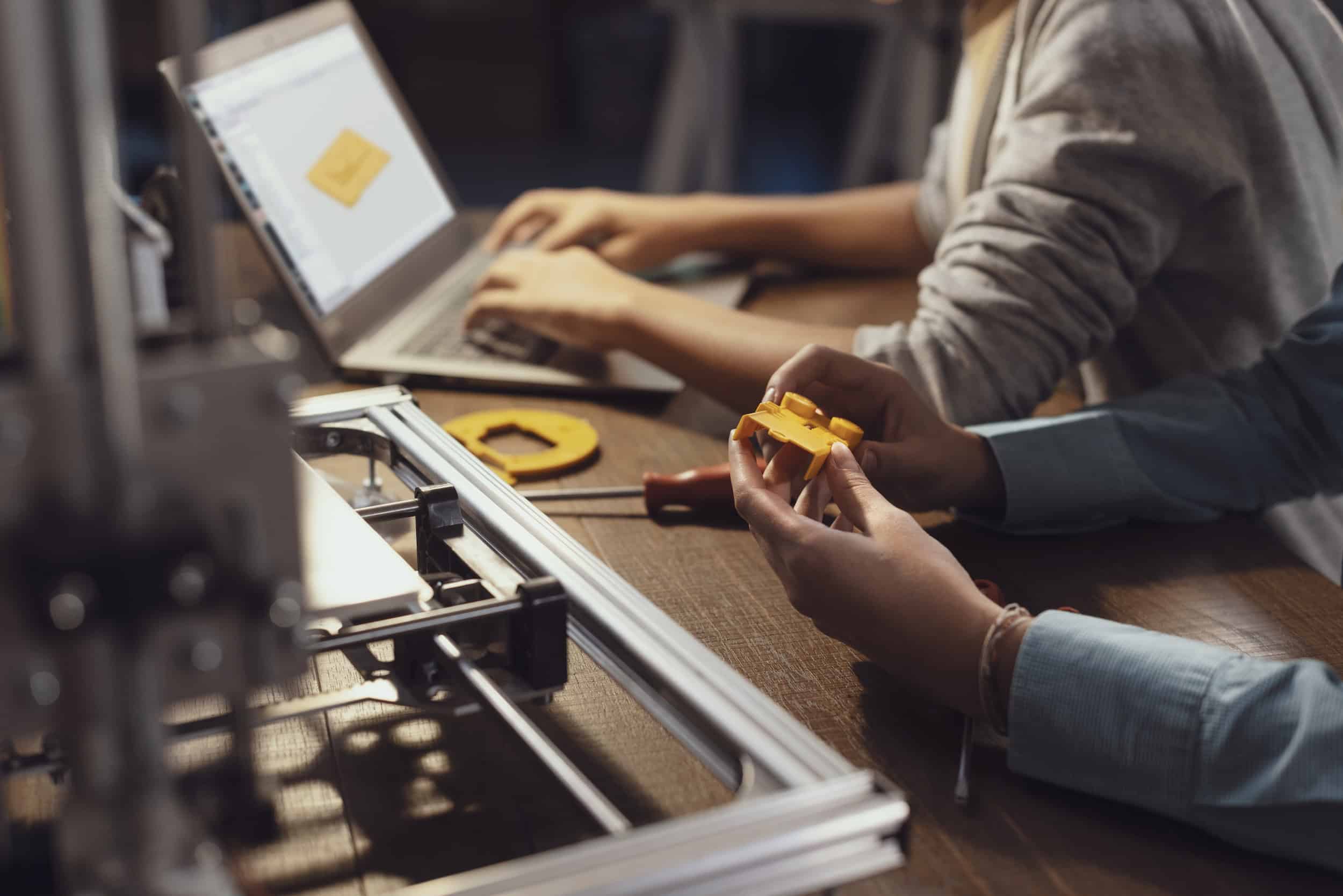Over the last decade, 3D printing technologies have grown with much sophistication allowing for the production of consistent, durable and even complex parts that are on par with their counterparts from the traditional manufacturing methods.
An increasing number of industries employ 3D printing for their manufacturing. One of these is the food industry, which vastly employs 3D printing in many applications. However, there are concerns over the application of the technology in the food industry due to strict regulations that must be adhered to in the manufacturing of packaging for food, kitchen/cooking utensils, and even spares for the production equipment.
Factors to Consider for Food-safe 3D Printing
Food-safe implies that an item has met the intended-use requirements and will not generate a food-safety hazard. The EU food regulations apply to all stages of production, processing and distribution of food and feed. The European Regulation EC 1935/2004 provides the guidelines for materials and objects intended for contact with food with the aim of preventing contamination.
Generally, there are three factors to consider for food-safe 3D parts: part design, the materials used and the post-processing treatments.
Food-safe Part Design
The following are to be considered when designing product surfaces in order to make the parts food-safe:
- Undercuts and crevices: The surface must be designed with complete elimination of undercuts or crevices on its surfaces. Where these features cannot be avoided based on function, there should be easy access to these areas when the part or product is disassembled to allow for proper cleaning.
- Fillet edges: Edges should have larger radius fillets wherever possible, and corners should be well rounded off rather than sharp.
- Sturdiness: Parts should be designed with full considerations of the operating environment, intended application, and material properties to ensure that they withstand breakdown in service.

Food-safe 3D Printing Materials
Many food-safe materials are identified through appropriate certifications after thorough testing. Some materials such as PETG and PP are known to be inherently food-safe. The application must also be considered when choosing a material. For example, PLA is food-safe but it will melt if used in hot applications like teacups or dishwashers.
Below are some of the properties to consider when choosing a food-safe 3D printing material:
- Non-absorbent: Post-processing, like polishing or coating, is often required to give a non-porous surface.
- Resistance to scratching/scoring: Materials chosen must be scratch and wear-resistant.
- Does not impart colours or taste and is non-toxic: All food-safe materials must be inert to the food. It is preferable to use natural filaments with no added colouring. The Material Safety Data Sheet (MSDS) of any material must always be used before introducing the material.
Sterilisation
Sterilisation can be an extra step in rendering food-safe materials even safer. It can be done through various means such as heat, use of chemicals, irradiation, high pressure and filtration. However, not all materials can be sterilised.
The five types of sterilisation covered here are:
- Ethylene Oxide gas (EtO)
- Hydrogen peroxide gas plasma
- Gamma radiation
- Autoclave
- Flash autoclave
Food-safe Materials With Suitable 3D Printing Technologies
| 3D printing technology | Materials | Suitable sterilisation technique |
| SLS / MJF | Nylon PA 11 and Nylon PA 12 | EtO, gamma radiation, gas plasma and autoclave |
| SLS / MJF | Polypropylene | Autoclave |
| FDM | ABS M30 | EtO, gamma radiation |
| FDM | PC – ISO | EtO, gamma radiation |
| FDM | ULTEM 1010 / ULTEM 9085 | EtO, gamma radiation, autoclave |
| FDM | PETG | EtO |
| Carbon DLS | CE 221, EPX 82, RPU 70 | Irradiation, EtO, gamma radiation, autoclave |
| Carbon DLS | FPU 50, EPU 40, SIL 30 | Irradiation, gamma radiation |
| DMLS | Stainless steel 17.4 and Stainless steel 316L | EtO, gamma radiation, gas plasma, Autoclave |
| SLA | True Silicone | Irradiation, EtO, Autoclave |
Food-safe 3D Printing Process
There are different 3D printing technologies available for different materials, be it plastic, flexible or metal. The 3D printing process involves both the technology and the printer materials. Both must be considered before choosing the right 3D printing process.
3D Printing Technology
Stereolithography (SLA) 3D printing produces parts with the highest resolution, accuracy, and smoothest surface finish among all 3D printing technologies. SLA uses resins, which are not food safe. Coatings may be used to seal the parts afterwards to prevent the buildup of bacteria. However, coatings do wear off over time. SLA printing allows the printing of ceramics, which is considered the most food-safe material.
The peculiarity of FDM printing leaves behind very narrow crevices in between the layers. However, this printing technology is not known for producing smooth surfaces. For long-term food safety, surfaces of parts produced by this technology need to be smooth. A food-safe coating may still be subsequently applied.
For SLS and MJF printing, parts can be printed with a food-grade type of Nylon PA 12 to get very high-quality parts. Food-safe coatings are anyhow highly recommended to avoid the porosity of the parts.
3D Printer Material
Unsafe 3D printer materials, i.e., the materials from which the 3D printer itself is manufactured, can result in contaminated parts even when certified food-safe materials are used. It is important that all parts of the printer directly involved in printing be certified as food safe.
For FDM printers, the brass nozzles may contain lead, which contaminates the printed part. Replacing these nozzles with stainless steel makes it safer to print. Therefore, it is important that the printer’s materials be thoroughly assessed to ensure they are of themselves food safe before printing any part with them.
Food-safe Post-processing Treatments
As discussed above, many 3D printed parts require post-processing treatments before they can be considered food-safe. Finishing and coating processes can be applied to 3D printed parts to achieve a smooth surface that is free of crevices or voids.
Finishing
These include processes aimed at producing smooth and even surfaces. There are different finishing processes, which can be either mechanical or chemical. The following are finishing processes that can be used:
- Polishing with tumble: For parts containing a high percentage of metal powder mixed in, tumbling is an effective way of polishing. The smoothness of metallic prints can be exponentially increased in just an hour of polishing. The results get better with more prolonged polishing
- Vapour smoothing: This method is quick and effective. The type of vapour used depends on the material of the printed part. This process can be easily automated. However, in some cases, it may lower the strength of the printed parts
- Sanding: This is one of the simplest ways of smoothening. It involves the use of sandpaper. This can remove most of the imperfections and hide the layer lines. As sanding relies on friction, the heat generated could warp the parts. Wet sanding is therefore preferable
- Machining: This process is even more popular with metals than plastics. However, they are often not economical and impractical for parts with thin walls.

Coatings
The use of coatings is an effective way of achieving smooth surfaces. Coating in the form of sealants also seals up non-qualified materials such as resins used in SLA printing. Commonly used coatings are epoxies. As coating adds to the thickness of the part, it should be considered when designing the part.
Conclusion
3D printing in the food industry can reduce the cost and time needed to push products to market. However, food safety is paramount for product parts. While most 3D printers do not produce the needed smooth surfaces, post-processes can enhance the smoothness of the parts. Application of coatings on the parts is the best way to achieve a smooth surface and also create a seal between the part and the food.
Xometry Europe offers fast, reliable, and highly accurate 3D printing online with these technologies and materials. Through our Instant Quoting Engine and our network of over 2,000 manufacturers, we ensure that you experience a seamless part production process, from quoting to doorstep delivery.
 Europe
Europe  Türkiye
Türkiye  United Kingdom
United Kingdom  Global
Global 

 Login with my Xometry account
Login with my Xometry account  0
0



 Download
Download




